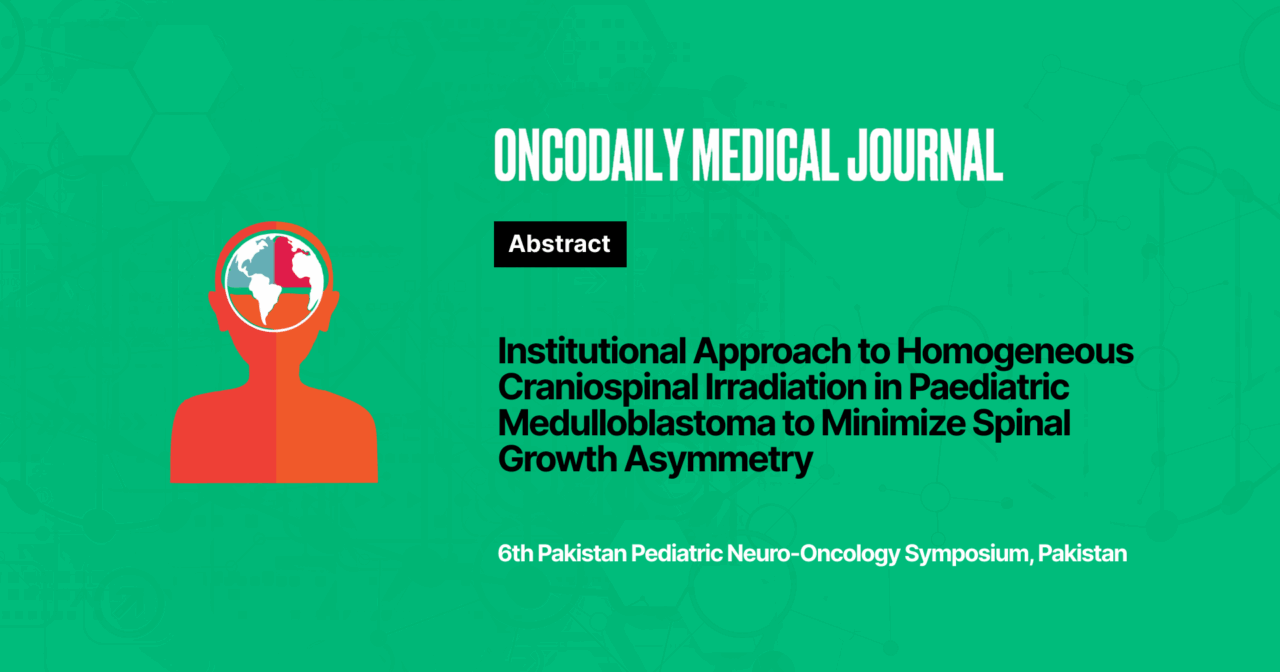Institutional Approach to Homogeneous Craniospinal Irradiation in Paediatric Medulloblastoma to Minimize Spinal Growth Asymmetry
Abstract
Introduction: Medulloblastoma is the most common malignant paediatric brain tumour, accounting for up to 30% of CNS tumours in the first decade of life. Craniospinal irradiation (CSI) remains a key treatment modality. However, in young children, uneven vertebral dose distribution during CSI can lead to spinal growth asymmetry. To mitigate these risks, CSI planning must balance adequate target coverage with dose homogeneity, especially in children under pubertal age. The European Society for Paediatric Oncology (SIOPE) guidelines suggest significant bone growth impairment occurs at radiation doses >15 Gy in children aged 2–6, and >35 Gy in older children.
Methodology: We retrospectively analysed CSI plans for 6 paediatric medulloblastoma patients (age between 4–9.5 years) treated at our institution between 2023–2025. All were classified as standard-risk and received a CSI dose of 23.4 Gy. Craniospinal target volumes were contoured using SIOPE consensus guidelines. Vertebral bodies were contoured as organs at risk (OARs) and analysed for dose distribution. Our planning goal was to minimize dose gradients across vertebrae to reduce long-term growth-related deformities.
Results: Dose gradients across the vertebral bodies were maintained at 1800 cGy in all patients. In children aged <6 years (n=2), vertebral dose gradients were successfully limited to 1800 cGy with 99% homogeneity. In older patients, gradient control remained within acceptable limits meeting current safety recommendations.
Conclusion: Homogeneous vertebral dose distribution during CSI is feasible using guideline-based planning. Adhering to age-specific dose constraints and minimizing dose gradients across vertebrae may reduce the risk of late-onset spinal deformities in paediatric medulloblastoma patients.
Conflict of Interest: None
Funding: None
Disclosure Statement: None
License: This article is published under the terms of the Creative Commons Attribution 4.0 International License (CC BY 4.0).
© Fabiha Shakeel, 2025. This license permits unrestricted use, distribution, and reproduction in any medium, provided the original author and source are credited.





